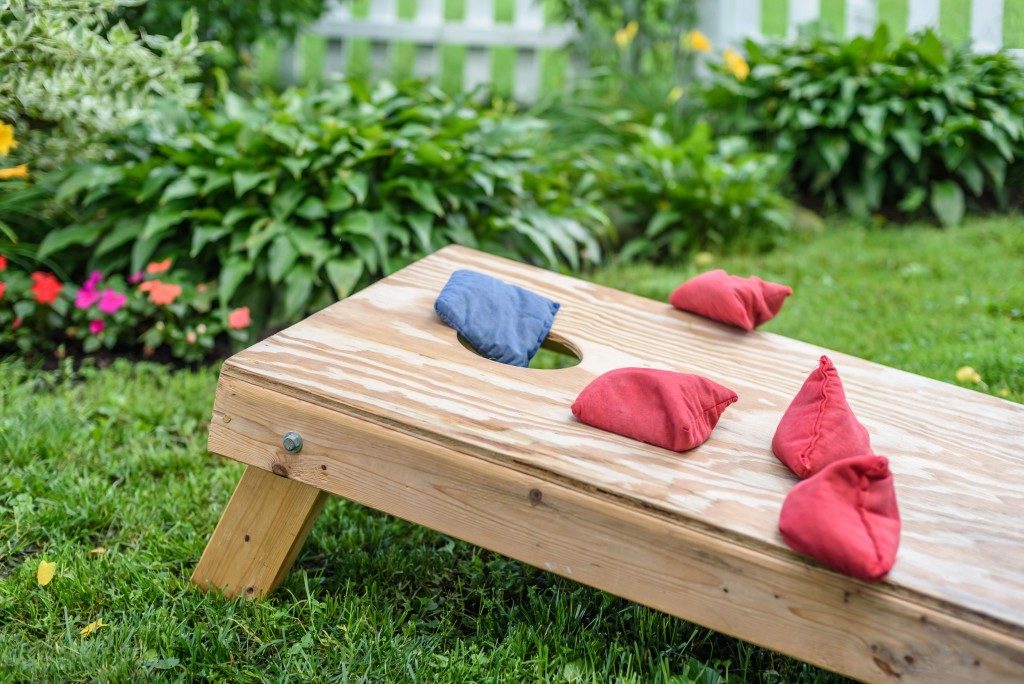No one can pinpoint the exact history of cornhole though it can be traced to the 1300s. This is a lawn game that involves the tossing of small bags on a wooden board, which contains a hole. If the bag you toss falls into the hole on the board, you score three points. If it lands on the board, you will earn a point.
Many elements will determine how well you play the game. This includes the kind of board you choose from stores offering cornhole products for sale. Without the right choice, your cornhole bags will barely slide across or make it onto the board, and thus, you will be the loser in most games.
The following are a few of the elements you should focus on for your cornhole board and some tips for picking the best.
Material
Cornhole boards are primarily made of hardwood plywood though there are also some plastic boards for recreational play. Hardwood plywood boards are durable and have an attractive, classic look. Moreover, cornhole bags do not slide off their surfaces easily, making it easier for you to score.
They are, however, costly, heavier and have higher maintenance and care needs compared to the sleek plastic boards. Fortunately, there are different ways of finishing the surface of a wooden cornhole board to minimize its maintenance requirements.
Dimensions
The ideal cornhole board should have a length of 48’’ and a width of 24’’. A minimum board thickness of 0.5’’ with a cross section backing will also be your best bet for an enjoyable game.
The board should weigh at least 25 lbs to minimize the risk of movement when the bag lands on it. The hole in cornhole boards has a diameter of 6’’ from the center of each edge and about 9’’ from the top of your board.
Siding
Cornhole boards should have solid wood sides such that the only opening on them is through the hole. But other board types have a fold-down portable design where the sides of the board are open.
Though they will also suffice for your game, it can be hard to determine if the bag resting under your board got there through the hole on the board or through the board’s sides.
Surface

After all the screw holes on your cornhole board have been puttied, it is essential that the board is sanded and has a smooth texture on the edges and surface. This minimizes any blemishes, which might distort your game.
The board should also be finished using exterior-grade latex paint or a high-gloss varnish to protect the underlying wood and enhance your game’s enjoyability.
Picking the right cornhole board is only your first step towards enjoying the game. To guarantee a win, relax before throwing your cornhole bag since too much stress will tighten your throw. Also, you should focus on getting your bag on your board’s first six inches then let velocity slide the bag into the hole. If you focus too much on the hole, you will often miss even the board.



